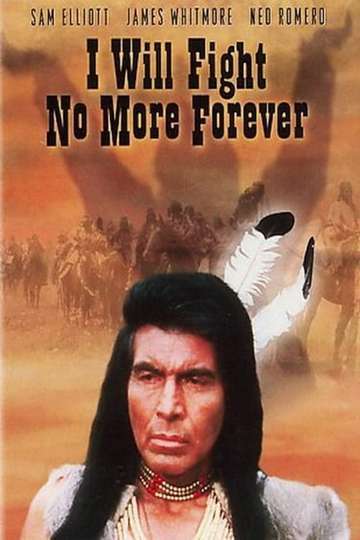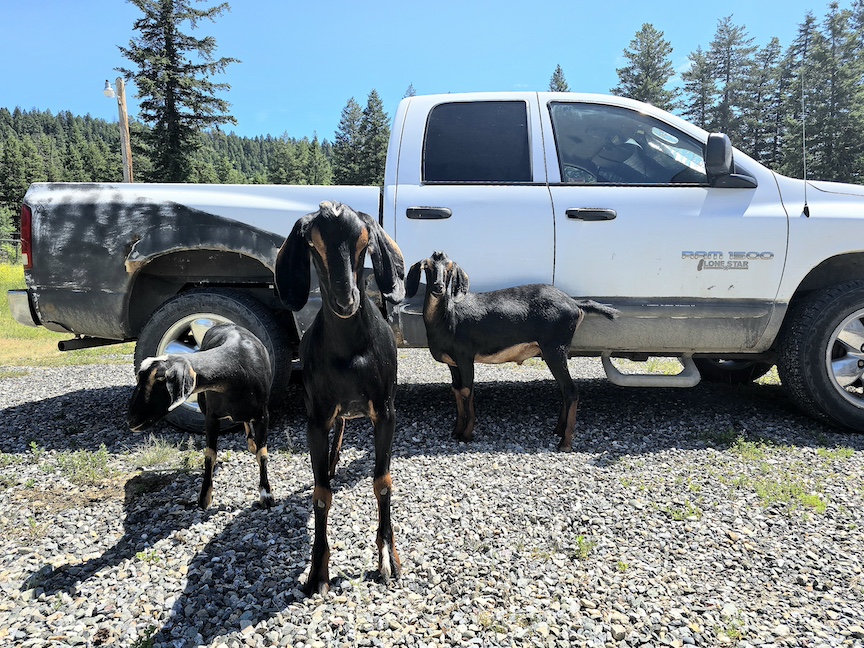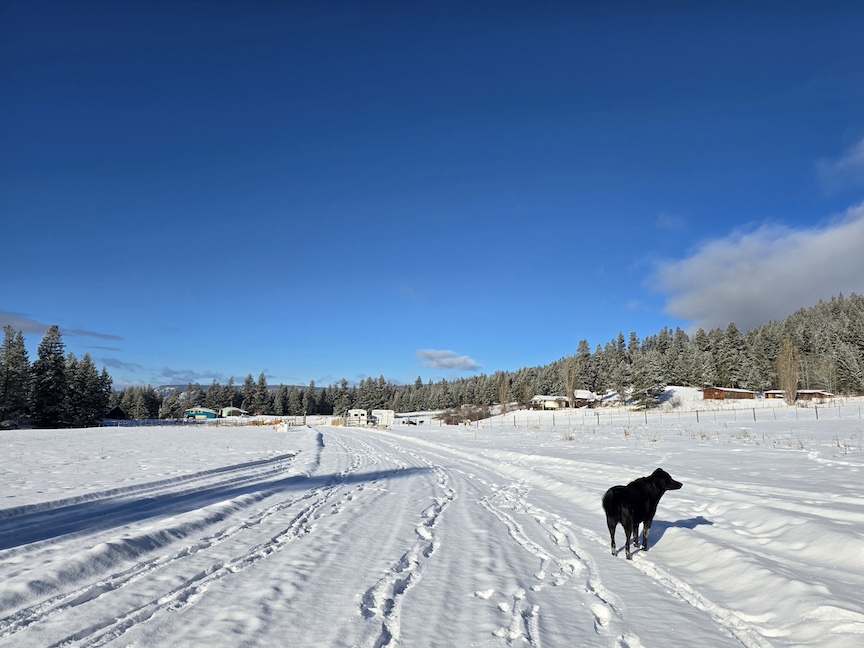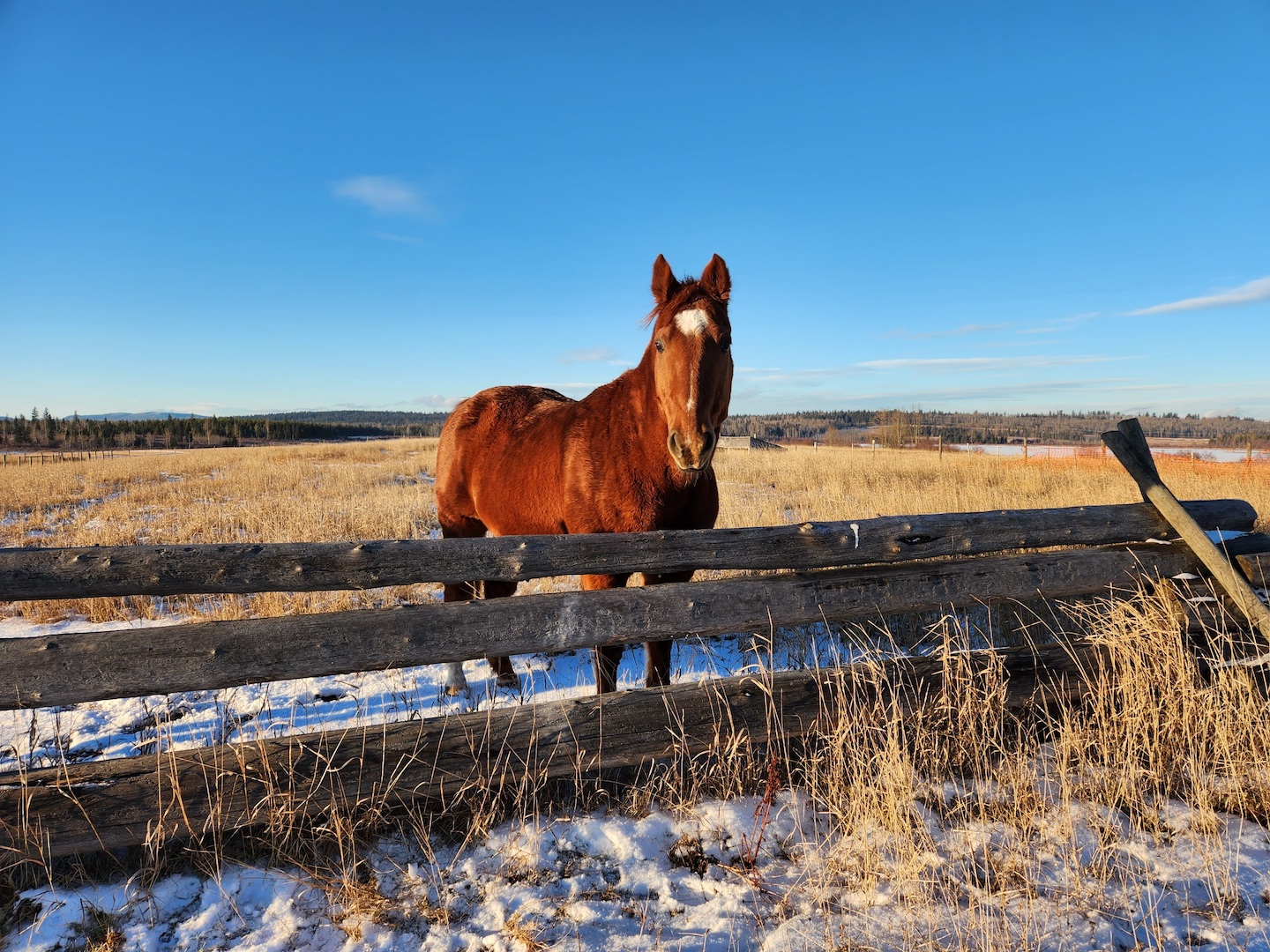Starring: Ned Romero, James Whitmore, Sam Elliott
Director: Richard T. Heffron
Released: 1975
Mood: If you always enjoyed history classes and want a reasonably authentic yet not too graphic movie that captures a key moment in US history with a dash of Sam Elliott.
I Will Fight No More Forever is a frustratingly “pretty good” piece of film. Like it’s far from bad, but it’s also not particularly memorable for any specific performance or scene.
There ARE a lot of reasons to watch it. For example, Sam Elliott. But know that this Sam Elliott is not yet a gruff leading man with an astonishingly perfect moustache, and his role is more subdued than you’d expect. He was still mostly appearing in TV shows at the time, so it’s post-Molly and Lawless John but still a few years before he made The Shadow Riders. He’s more of a sidekick with an astonishingly perfect moustache.
So it has a good script, a strong POV, lots of action, decent cinematography, and all of the major Indigenous roles are played by Indigenous actors. And yet you’re still left wanting something more.
But at the same time, sidekick Sam Elliott is still better than no Sam Elliott.

“Hear me, my chiefs! I am tired. My heart is sick and sad. From where the sun now stands, I will fight no more forever.” This was the speech of Hin-mah-too-yah-lat-kekt, commonly known as Chief Joseph, of the Wallowa band of Nez Perce people, as he surrendered to the US Army. I Will Fight No More Forever tells the story of the events leading up to that surrender.
At the start of the movie, a Nez Perce man is killed by white settler who is illegally on their land. Many of the Nez Perce want to fight, but Chief Joseph (Ned Romero) has been summoned to meet with Gen. Howard (James Whitmore). He believes they have a good relationship and the General will help with the white people problem.
Instead, the General hands them an order from the US government to leave their land within 30 days, and move to a reservation in Idaho. The order violates the 1855 Treaty of Walla Walla, so the Nez Perce are rightfully pissed.
The bands don’t want to give up their way of life, so they flee toward Canada to seek political asylum. Despite repeated skirmishes with the troop led by Gen. Howard and Capt. Wood (Sam Elliott), and with several more US Army troops that join the chase, they manage to evade capture for five months, while crossing 1,880 kilometres of land.
![]()
The title of the movie is literally the surrender speech, so you know how it’s going to end. I think that’s what made it hard for me to fully concentrate through the whole thing. And to write this review.
There’s lots of action happening on the screen and the pacing is good, but at the same time the action is all pretty similar – one long, long chase sprinkled with fights that look and feel quite alike. The characters also don’t change, they all have the same viewpoints at the start and at the end.
But I also think I Will Fight No More Forever did its job, because while I was playing with my phone on the couch I did useful things like learn bits and pieces about the actual people and events being shown on screen:
- Chief Joseph
- Nez Perce military strategist Looking Glass
- White Bird (who managed to lead 100 Nez Perce people to Canada)
- The Nez Perce War
This retelling shows a deep sadness on both sides through the dialogue between Chief Joseph and his wife and other chiefs, and between Gen. Howard and Capt. Wood.
These men are already sick of the fight before it starts. Neither one of them wants a war, and both frequently express regret over everything that happens. At one point, Capt. Wood says he wants to give up his post. The story and the actors do a great job of leaving you feeling heavy and tired and utterly disappointed with the government.
Ned Romero gives you a calm and level-headed leader. James Whitmore shows great range as he doggedly fights for a cause he disagrees with. And although Elliott’s performance is quieter than his later Western fare, he’s still memorable for the warm, compassionate energy he brings to his scenes.
![]()
I Will Fight No More Forever is purposeful in its Indigenous representation. They didn’t just make a movie about Native stories and give all the lines to white characters (or worse, white actors in brownface). The speaking roles are played by actors with Nez Perce, Blackfoot, Cherokee, Cocopa, Wappo, Winnebago, and Apache ancestry. Lead actor Ned Romero was of Chitimacha descent.
Unfortunately, the end of the movie sort of implies that the surrender is the end of the road when in fact, after that final battle and surrender – which happened just 64km shy of Canada – the promise of land on the Idaho reservation was also broken. The surviving Nez Perce were put on trains to Kansas where they were forced to starve on swampland, and Chief Joseph was never allowed to return to the Pacific Northwest.
Probably something worth mentioning in the postscript.
I Will Fight No More Forever was nominated for two Primetime Emmy awards, one for writing and one for editing. This is a quality TV-movie production, and worth a watch for anyone who enjoys content focused on these events in US history.
And because this is an Indigenous story that benefits me by reviewing it on my site, I’m making a purchase from an Indigenous-owned company. Today it’s Shades of Gray Indigenous pet treats, because my pets get to eat better than me.


